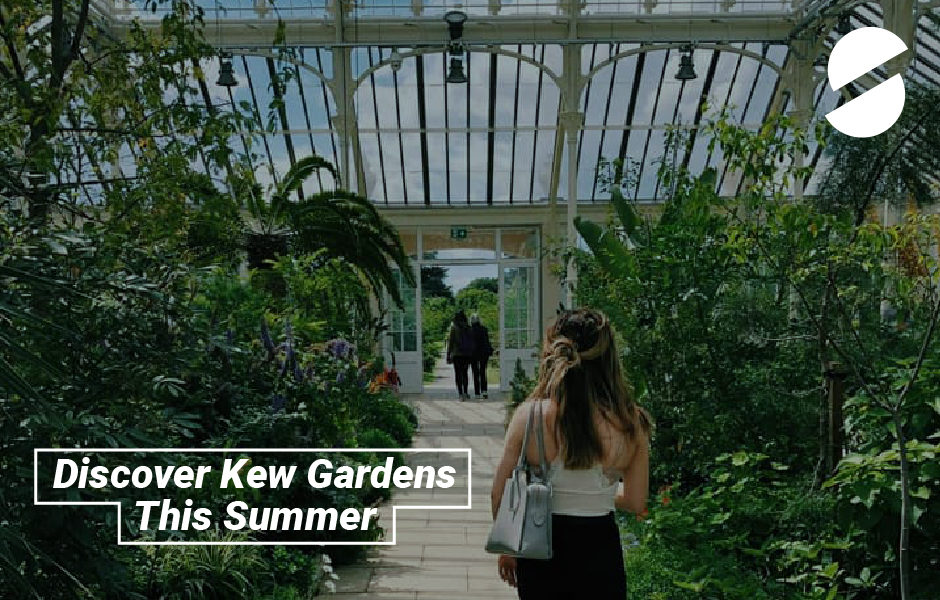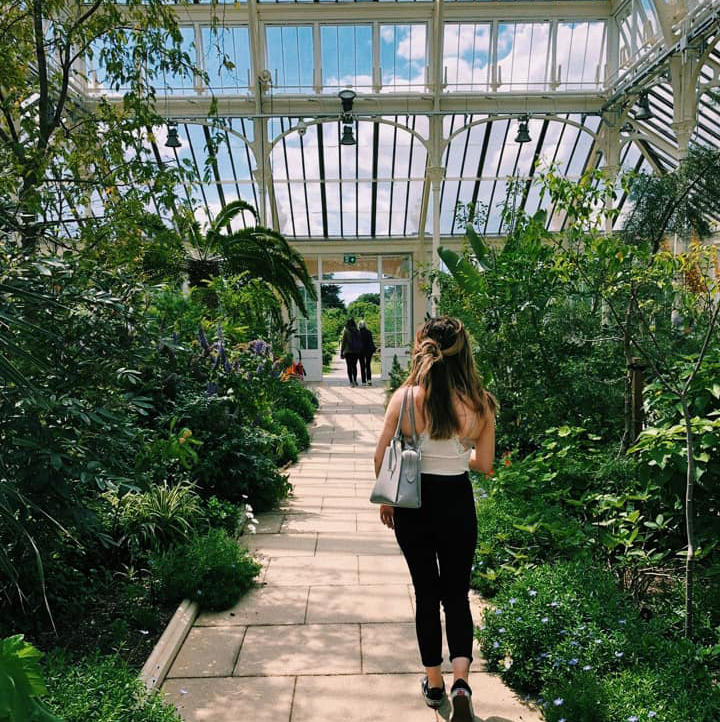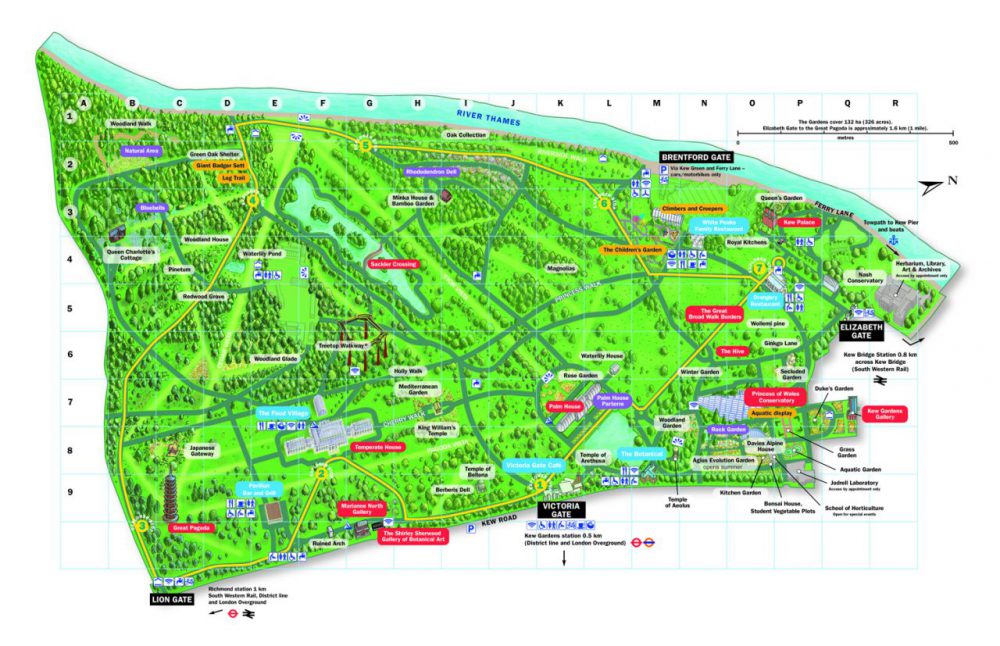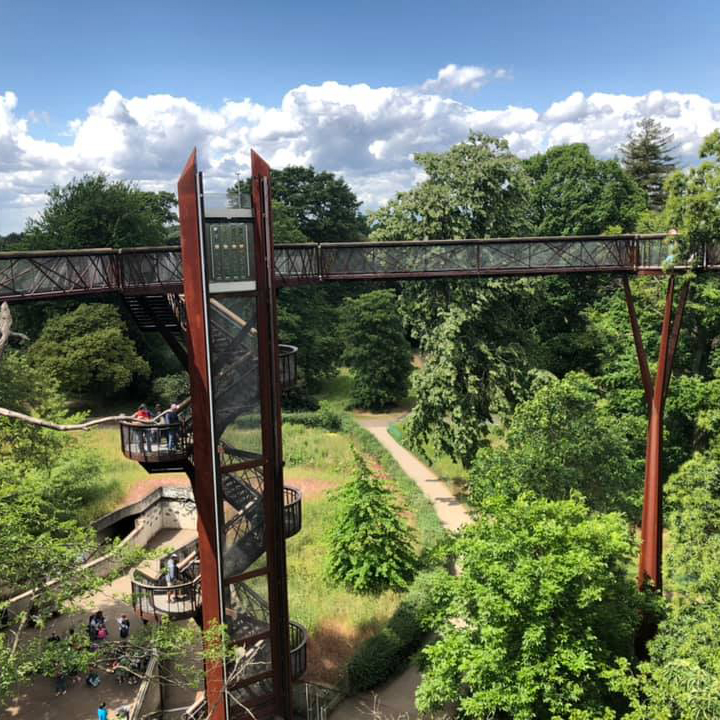
Earlier this month, we visited the beautiful Kew Gardens. If you’re a nature lover or simply looking for somewhere different and inspiring to visit, this is the place for you.
Upon entry, you will be given a map - it can take around 3 hours to walk the whole gardens so use this wisely to plan what sections you want to visit, and what route you will take. Read on to find out the highlights of our trip...
About Kew Gardens
What do Kew Gardens do?
Kew Gardens' mission is to unlock the potential of plants and fungi, they are fighting for a world where both are understood and protected. Plants and fungi can help with many issues in our communities including biodiversity loss, climate change, rapidly-spreading pests, diseases, soaring human population and fragile food security. Whether as medicines, food, materials or fundamental members of ecosystems, they harbour secrets that can benefit us all.
Click the map to download your own!
Temperate House
Not only do Kew Gardens do amazing things to help preserve and research into our earth’s plants, but at their World Heritage site, they have over 50,000 living plants both weird and wonderful. Contained within the Temperate House (the world's largest Victorian glasshouse!) you get to see some of the world’s rarest and most threatened species of plants. As you wander around the glittering cathedral, there are so many plants to see, all from different places around the world: Africa, Australia, New Zealand, the Americas, Asia and the Pacific Islands - all showcasing the splendour of the world’s temperate zones.
History of the Temperate House
☀ Designed by Decimus Burton, who also designed the Palm House for tropical plants
☀ Opened in May 1863 but construction continued for 36 years
☀ Built on a mound of gravel and sand, the spoil from Kew's Lake
☀ 127 bombs dropped on Kew during WWII caused structural damage to the Temperate House
Princess of Wales Conservatory
Travel from the deserts to the tropics with a trip through this glassy wonderland. With ten different climate zones, the Princess of Wales Conservatory is a fascinating Labyrinth leading you through a series of captivating ecosystems. There's even a zone dedicated to carnivorous plants such as Venus flytraps and pitcher plants. Here you will find out how these plants have evolved to swallow their prey in less than half a second!
You will be surprised at how many plants there are in this winding glasshouse including spiky cacti, succulents, tropical orchids and bright bromeliads. Sir David Attenborough visited in 1985 and buried a time capsule in the foundation of the conservatory which contained seeds of basic food crops and endangered species. It will be opened in 2085, when the plants it contains may be rare or extinct.
The plants that stood out the most to us during our walk were the giant lily pads (Santa Cruz waterlilies), twisted cacti and mini tropical looking trees.
If you love succulents and cacti as much as we do, this is definitely the place to visit! You won't believe how many varieties there are.
Treetop Walkway
Towering 18 metres above the ground, the Treetop Walkway is a chance to get closer to Kew’s trees. From its heights, you can observe the ecosystem of the trees' branches, teeming with birds and insects, lichen and fungi. A path below the walkway leads you underground to a lab where you can study the soil.
Working your way along the treetops gives you a chance to see trees from an angle you haven't before. Gazing down on the canopies really puts into perspective how huge these trees can grow, and the nature and animals they home.
Find out all the essential information for your visit here.
Keep up to date with your favourite artists, priority bookings and exclusive offers from See Tickets:






Comments are closed.